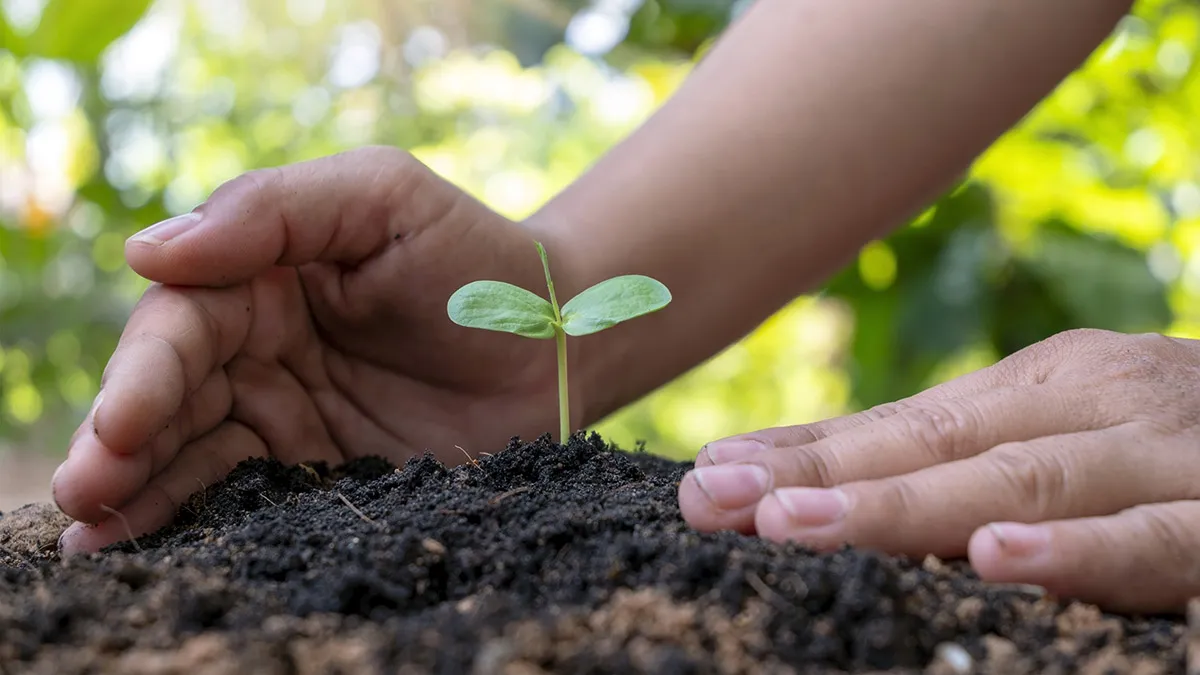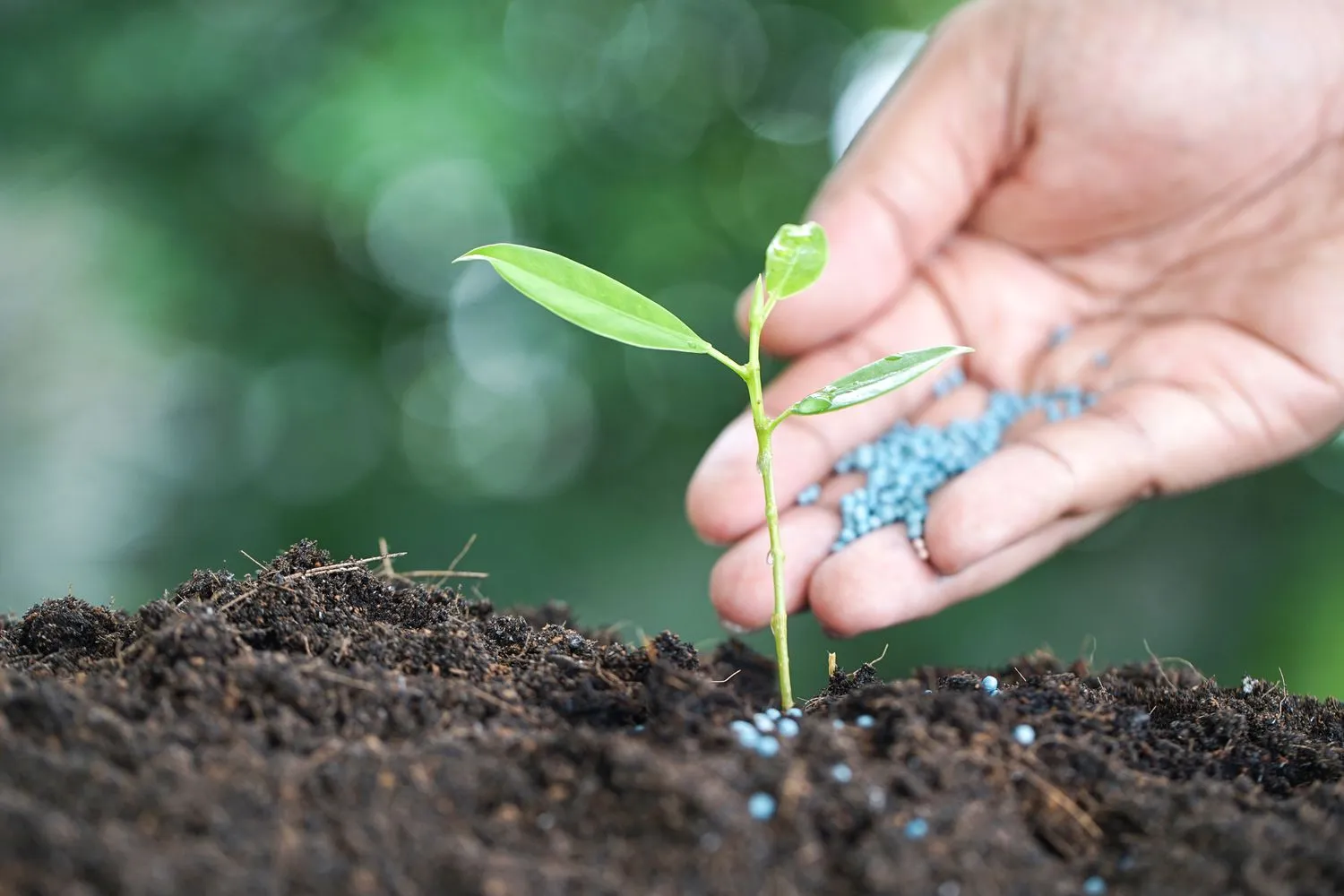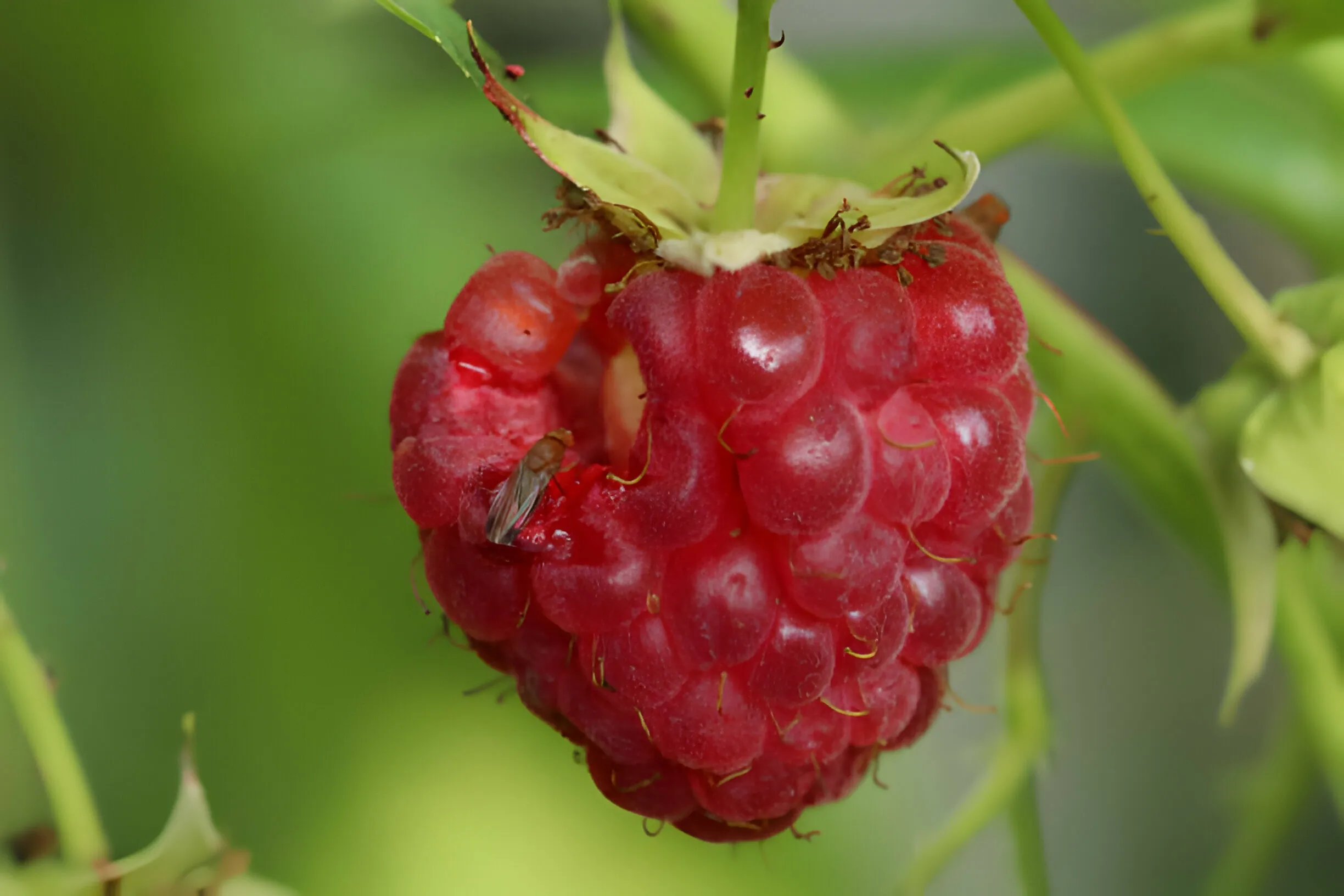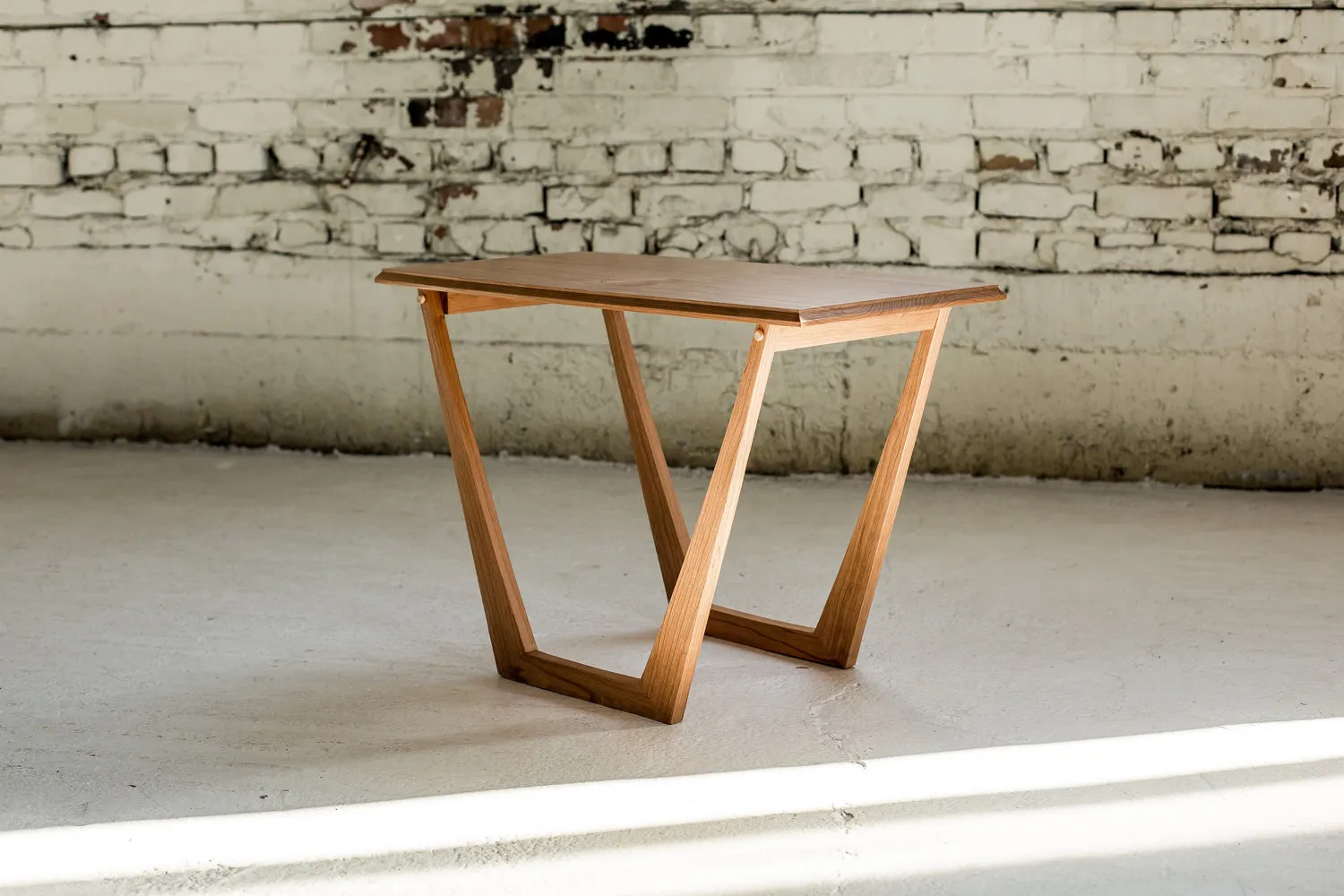Planting zones by zip code, which provide average high and low temperatures, are essential to know whether you are an experienced gardener or a novice trying to plant your first tree.
Growing zone maps have areas called planting zones that indicate which plants are most likely to flourish in a particular zone.
The terms “growing zones,” “planting zones,” and “plant hardiness zones” may initially seem a little confusing when looking for new plants for your garden landscape.
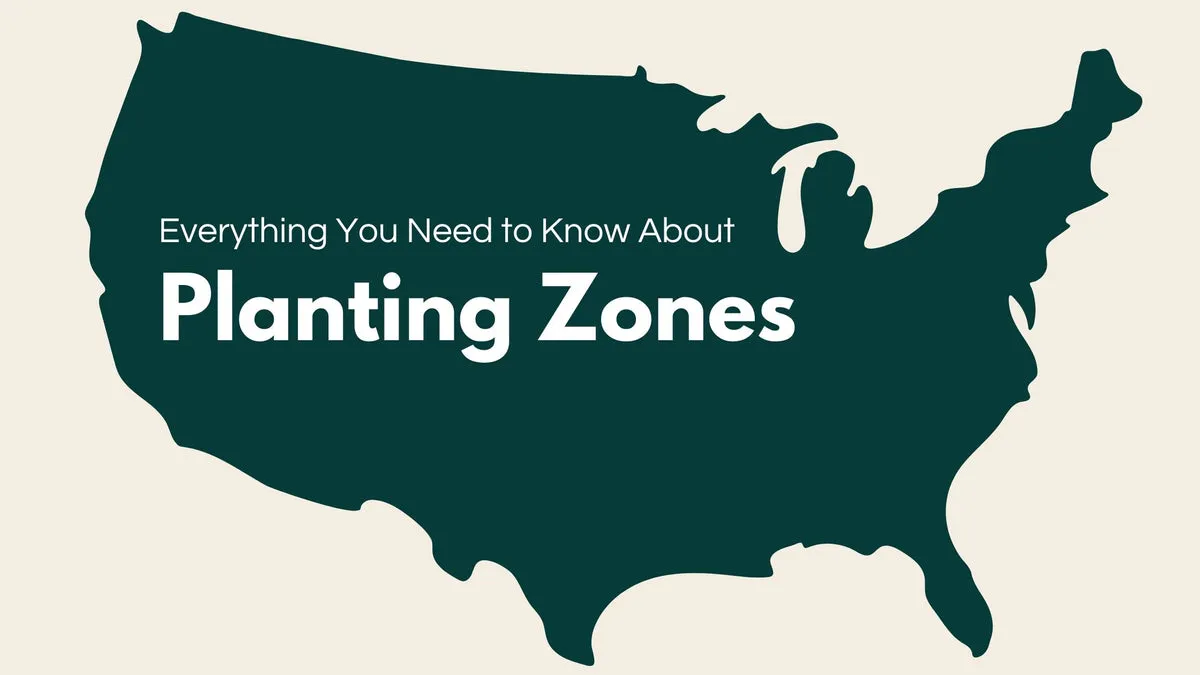
For years, growers have used plant hardiness zones to identify plants that have the best chance of surviving the local winters.
Knowing how to read a hardiness zone map will provide you with a good foundation for intelligent planting choices.
What is Planting Zones By Zip Code?
A map known as the USDA Plant Hardiness Zone Map shows planting or growing zones. The US Department of Agriculture divided into planting zones 1A through 13B on the United States map.
These are places where the lowest temperature can drop to -60 or even 70 degrees Fahrenheit. Agriculture and gardening were the target markets for this system’s design.
Companies used it as an opportunity to show which plants, given the local climate, would thrive where. Farmers and professional landscapers alike should note this information.
But it also applies to backyard gardeners, making it much simpler for everyone to determine which plants are ideal for their particular gardens.
The goal is to align plants with their native climates with other comparable settings found throughout the USDA map.
You can determine which plants will grow best and which won’t in your area by learning what zone you are in.
Additionally, which perennials can be used as true perennials, and which ones need to be considered annuals? Understanding which planting zone you are in can have a major influence on how well you garden.
What is Not a Planting Zone
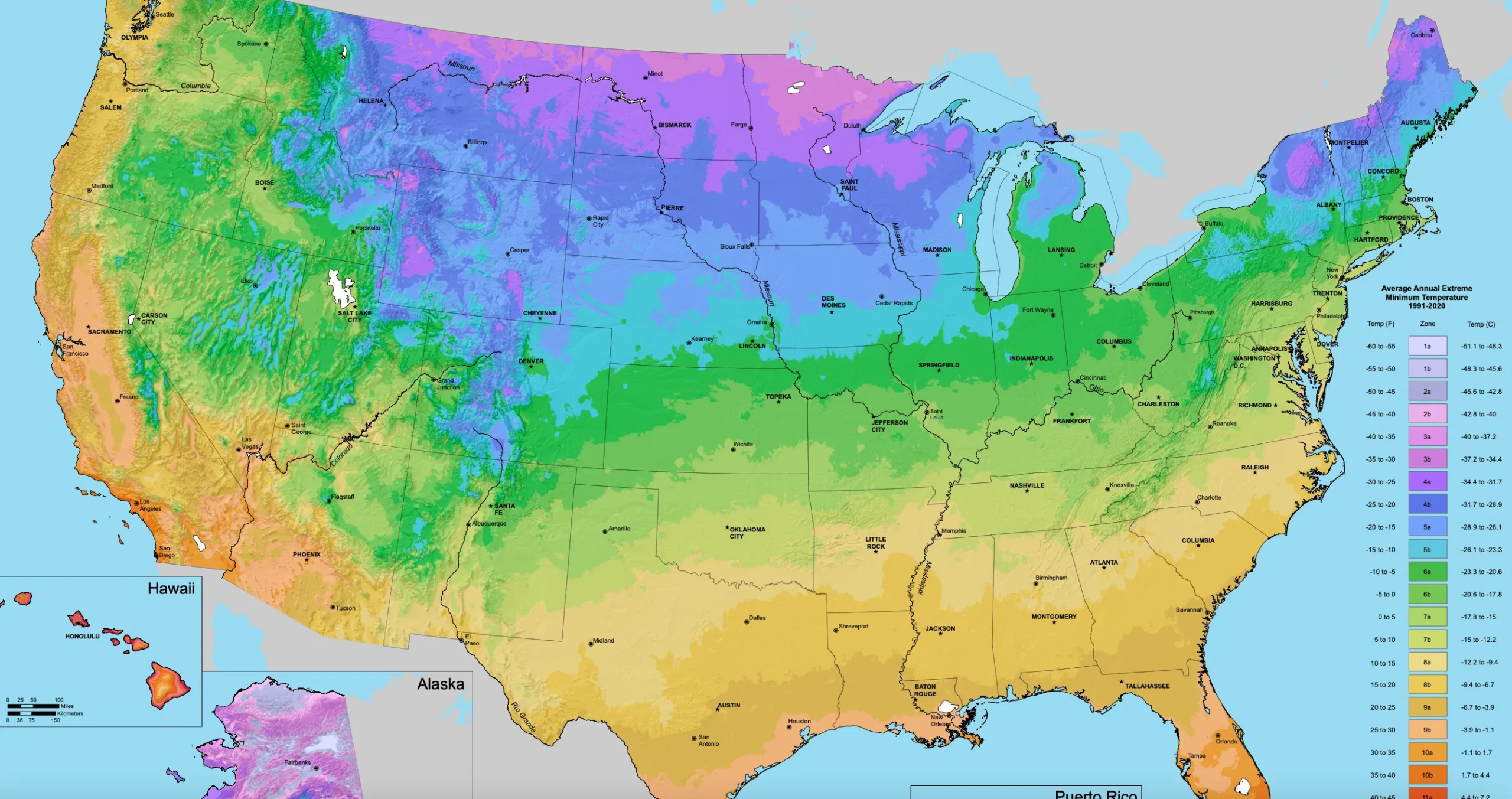
When people look at the USDA Plant Hardiness Zone Map, they frequently assume it is divided into different regions. It is a common belief that some states have similar climates.
That’s not how it operates. We’ll go into further detail about how the USDA Plant Hardiness Zone Map is created in the following section. For the time being, realize that choosing a plant for your area depends more on factors other than where you live.
Because planting zones are determined by climate, which varies amongst nearby locations, they are a more accurate method of planting.
How to Find Your USDA Planting Zone
The USDA 2023 Plant Hardiness Zone Map is based on average annual minimum winter temperatures and is regarded as the standard indicator of plant hardiness. There are thirteen separate 10ºF zones on the map, and each zone has a sub-zone of 5°F.
To find out exactly which zone you live in, use the USDA website to find the accurate one for your state or zone.
November 2023 saw the first update to the USDA Plant Hardiness Zone Map since 2012. The USDA reports that 13,412 weather stations provided data for the new 2023 map, as opposed to 7,983 for the previous one.
The 2023 map, when compared to the 2012 version, reveals that half of the nation moved up into a warmer zone, which includes a large portion of Alaska, while the other half remained in the same zone.
How to Use Your Planting Zone
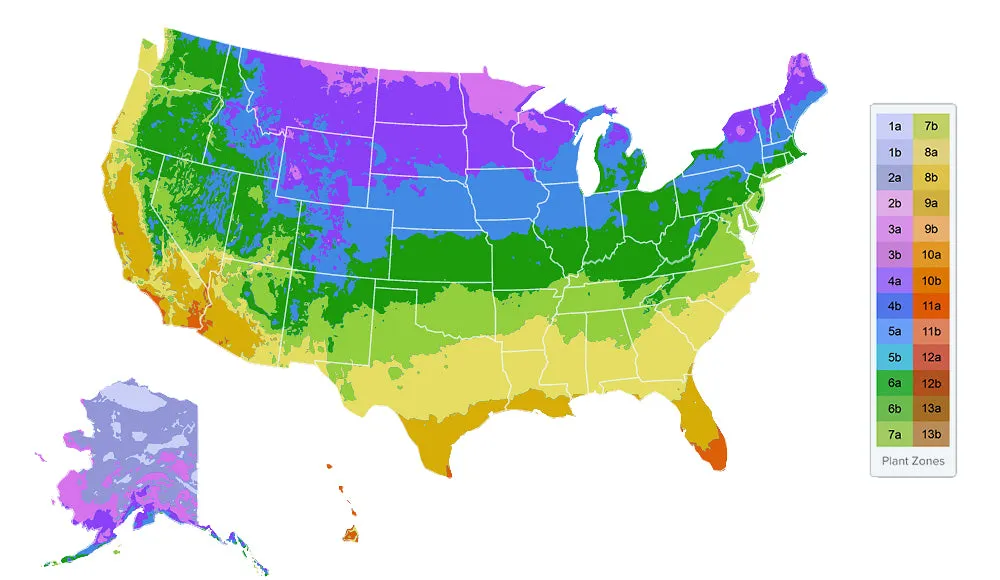
Since perennials are designed to last longer than one growing season, planting zones are especially useful for gardeners who grow perennial plants.
It’s crucial to know how cold it usually gets in your area and whether a specific plant is hardy enough to withstand those temperatures because perennials need to withstand winter in your area.
Planting perennial flowers, shrubs, and trees in the right zone promotes their optimal growth. You’ll discover that plants that are outside of their “comfort zone” are more likely to sustain winter damage.
Avoid choosing plants for your garden or landscape that are only sporadically hardy in your area. If you do, you may experience winter damage, poor growth, and reduced flowering.
How Does the Planting Zone Map Work?
Data from American news stations was gathered to create the USDA Hardiness Zone Map. The first step in the process is figuring out the average minimum annual temperature for each area once the data is in. USDA zones have been established based on these averages.
With an average minimum winter temperature of -60 degrees Fahrenheit, Zone 1A is the coldest place in the United States. With an average minimum temperature of 70 degrees Fahrenheit, 13B is the warmest zone.
The plant needs to survive in a climate with such low temperatures when choosing what to plant in each zone.
For example, for a plant to be considered perennial in zone 9A, it must be able to withstand a minimum temperature of 20 degrees Fahrenheit.
Planting it as an annual is required otherwise, find out when in the year it would be safe to plant in your zone by checking your frost dates.
Why Does Planting Zones Matter?
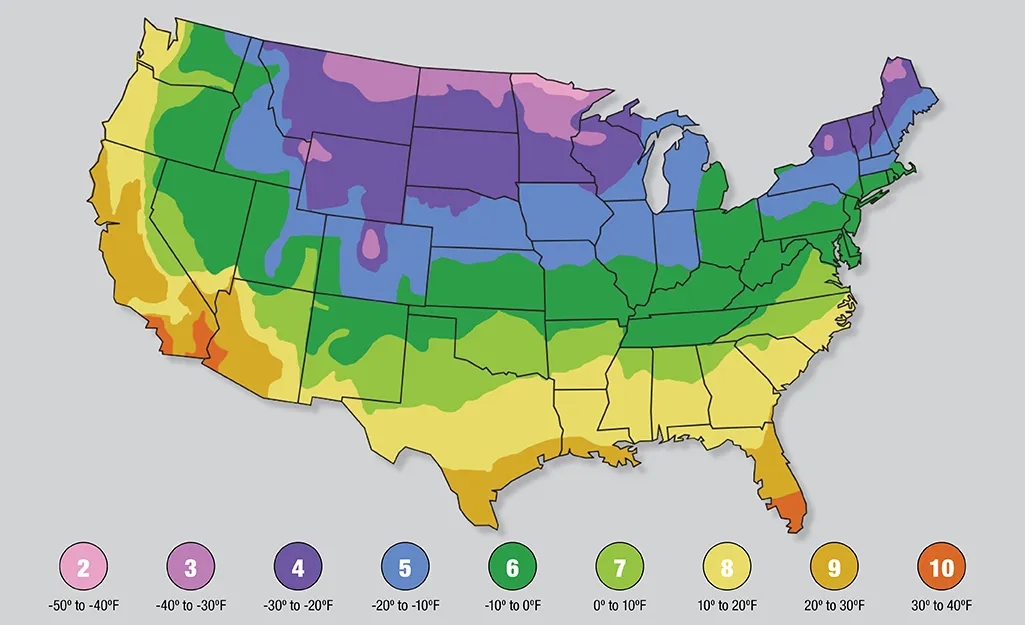
Planting zones are important if you’ve ever taken the time and effort to start your plants from seeds or if you’ve paid to plant a garden from seedlings that someone else started.
Time and money must be invested in garden planting. You have squandered time, money, and effort if you plant something at the incorrect time for your zone.
Knowing your zone will help you choose the right plant and determine how big of a window of time you have to grow it.
For example, it’s typical for people to only have a three-month growing season in some parts of Alaska. On the other hand, those who live in zones seven through ten can grow a wide range of plants almost all year round.
Use a planting schedule specific to your area if you’re not sure which plants grow in which zone or when.
This will indicate which months are best for starting seeds indoors when to plant them outside, and whether you can grow them again in your area.
What Time of Year is Best for Planting in Each Growing Zone?
The growing zone you’re in and the kinds of plants you’re growing in the ground or containers will determine when to plant. It all comes down to what temperature your plants require.
So how can one determine when to plant? You must ascertain the dates of your first and last frosts!
The last day you should expect frost is known as the final frost date.
- Certain bare roots must be kept out of frosty conditions in their first year, and many potted plants and delicate rhizomes must be kept indoors until all danger of frost has passed.
- Certain plants that are resistant to cold, like leafy vegetables that are grown from seed, can be planted ahead of the last frost date.
- When preparing to start flowers indoors, it’s helpful to know when your last frost date is. You can work backward from that last date, for instance, if you want to plant dahlias outdoors after the last frost but would like to start them earlier.
The first day of fall when you should be on the lookout for frost is known as the first frost date.
- Before the first frost, some summer bulbs must be removed from the ground. Caladiums and other types that are never exposed to frost naturally are among these varieties.
- You will need to wait for the last frost and for the foliage to die back if you intend to lift and bring in hardier bulbs. That happens about six weeks after flowering for most summer bulbs.
- Hardy bulbs, like tulips or daffodils, should be planted after the first frost.
Knowing your frost dates can help you plan around the needs of your plants, even though every type of plant is different. So, for each hardiness zone, what are the dates of the first and last frost?
1. Zone 3: In late May, start flowering plants. The final spring frost in Zone 3 could happen as late as May 16. In Zone 3, the first frost date occurs in or around mid-September.
2. Zone 4: After Mother’s Day, plant. The final spring frost in Zone 4 could happen as late as May 12. In Zone 4, the first frost date occurs in late September.
3. Zone 5: Plant following April. The final spring frost in Zone 5 could happen as late as April 30. In Zone 5, the first frost date occurs in the middle of October.
4. Zone 6: Plant following Easter. The final spring frost in Zone 6 could happen as late as April 21. In Zone 6, the first frost date occurs in the middle to end of October.
5. Zone 7: Plant following March. The final spring frost in Zone 7 could happen as late as April 3. In Zone 7, the first frost date occurs in late October.
6. Zone 8: After St. Patrick’s Day, plant. The final spring frost in Zone 8 could happen as late as March 28. Zone 8 experiences its first frost in November.
7. Zone 9: Sow in the early spring. Zone 9’s last frost date is approximately February 28. It won’t frost for the first time until December.
8. Zone 10: This one doesn’t freeze.
Planting at the ideal time will set your plants up for success; just remember when to expect your first and last frost and do as your particular cultivar specifies.
It’s crucial to choose perennial plants for your garden that can survive all year round in your climate, particularly in areas where extremely cold winters are common.
